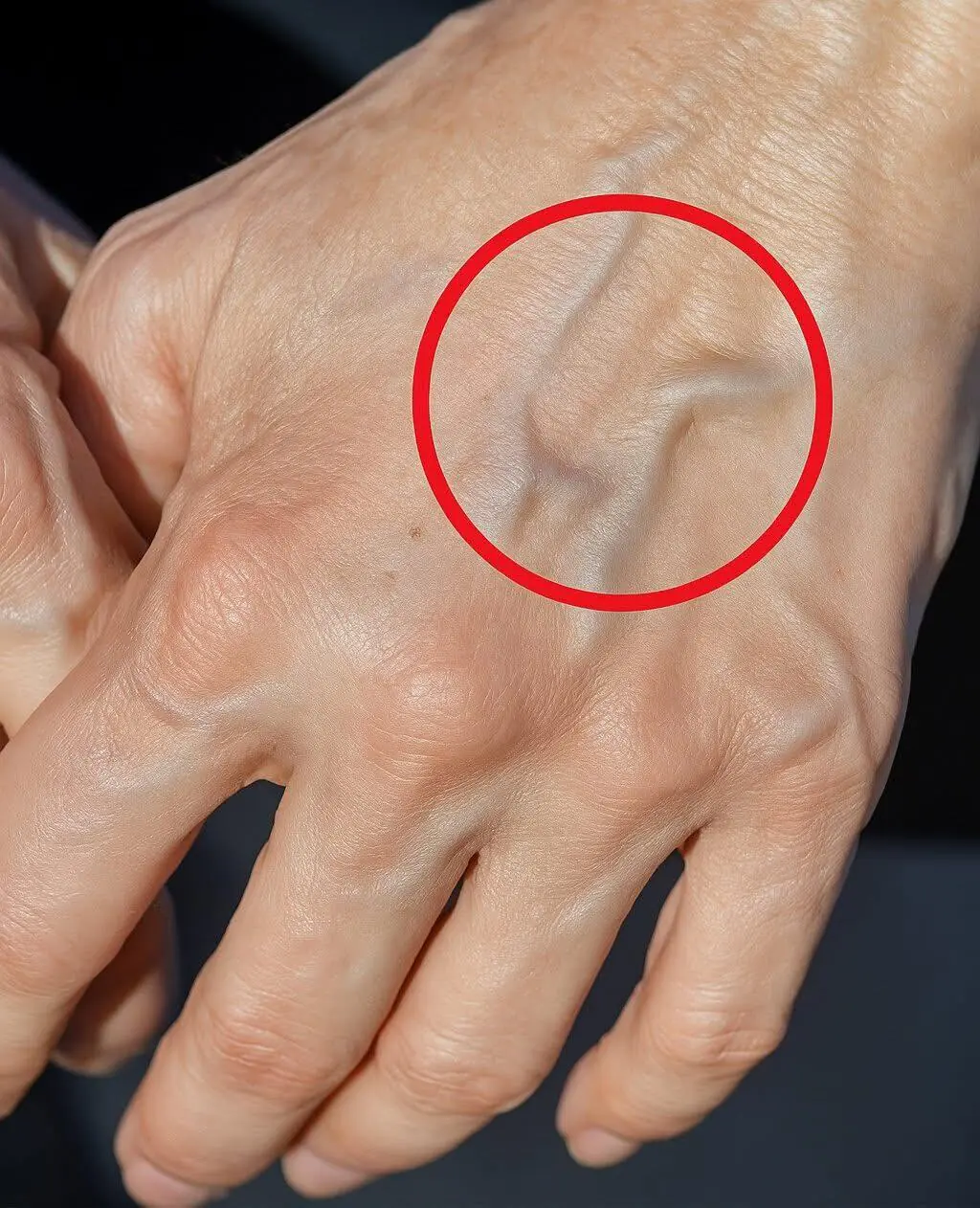
The science behind eye ‘sleep:’ What that crust really is
The Science Behind Eye ‘Sleep’: What That Crust Really Is
The crusty substance you often find in the corners of your eyes upon waking is known as sleep crust, eye gunk, or medically as rheum. This natural eye discharge is a combination of mucus, skin cells, oils, and tears that accumulate during sleep when blinking ceases.
What Is Sleep Crust?
Sleep crust forms as a result of the eye's self-cleaning process. Throughout the day, blinking helps to remove debris, dead skin cells, and excess mucus from the eyes. However, during sleep, the absence of blinking allows these substances to collect and dry, forming a crusty residue. This mixture typically appears as a white or light yellow discharge and is generally harmless.
When to Be Concerned
While sleep crust is usually normal, certain changes in its appearance or associated symptoms may indicate an underlying issue:
-
Color Change: Yellow or green discharge may suggest a bacterial infection, such as conjunctivitis (pink eye).
-
Excessive Discharge: A significant increase in crustiness could be a sign of conditions like blepharitis (inflammation of the eyelids) or dry eye syndrome.
-
Additional Symptoms: Pain, redness, swelling, blurred vision, or sensitivity to light accompanying eye discharge warrants a consultation with an eye care professional.
Proper Eye Hygiene Tips
To manage and prevent excessive sleep crust:
-
Gentle Cleaning: Use a clean, warm, damp washcloth to gently wipe away the crust. Avoid using fingers directly, as they can introduce bacteria.
-
Maintain Cleanliness: Regularly clean your eyelids and lashes, especially if you wear makeup or contact lenses.
-
Avoid Irritants: Limit exposure to allergens and pollutants that can exacerbate eye irritation.
-
Consult a Professional: If symptoms persist or worsen, seek advice from an ophthalmologist or optometrist.
In summary, while sleep crust is a common and usually harmless occurrence, paying attention to changes in its characteristics and accompanying symptoms is important for maintaining eye health.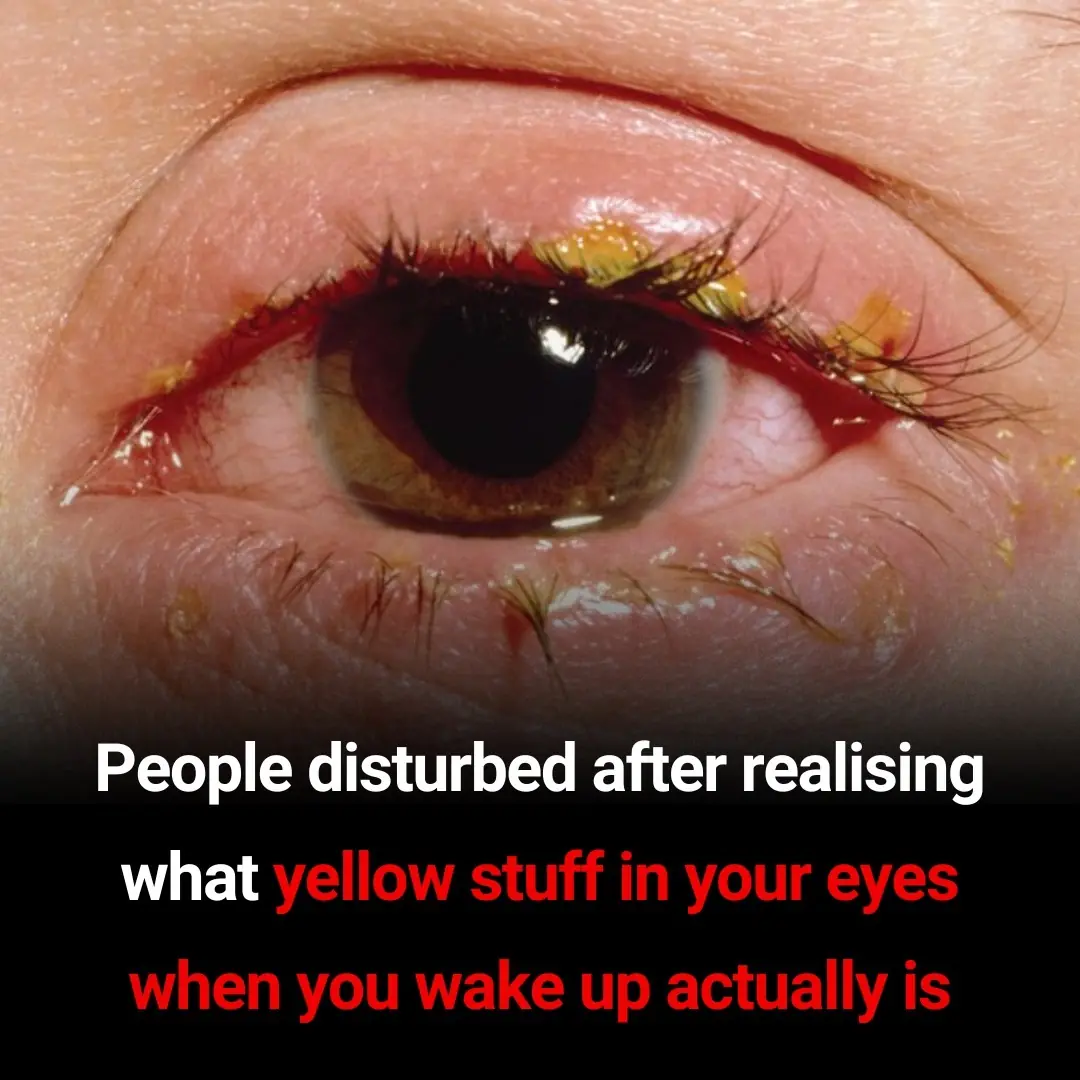
News in the same category


All The Things You Need to Know About Nighttime Urination And When To Start Worrying

Umbilical Hernia: Causes, Symptoms and Treatment
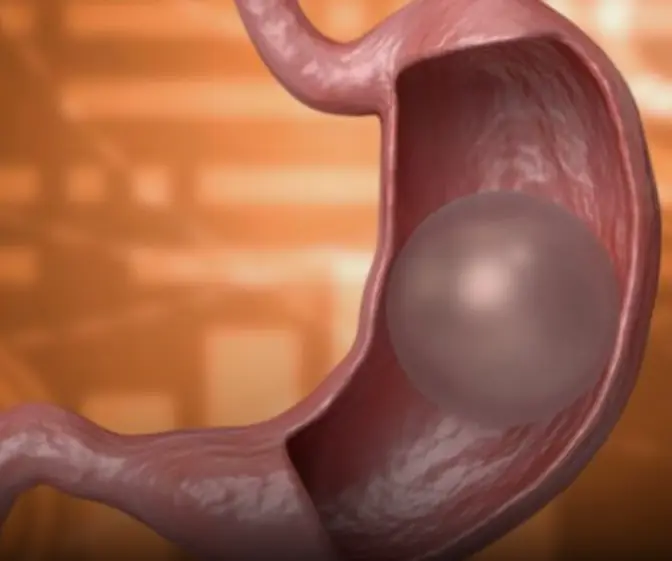
What happens if the gastric balloon bur.sts?
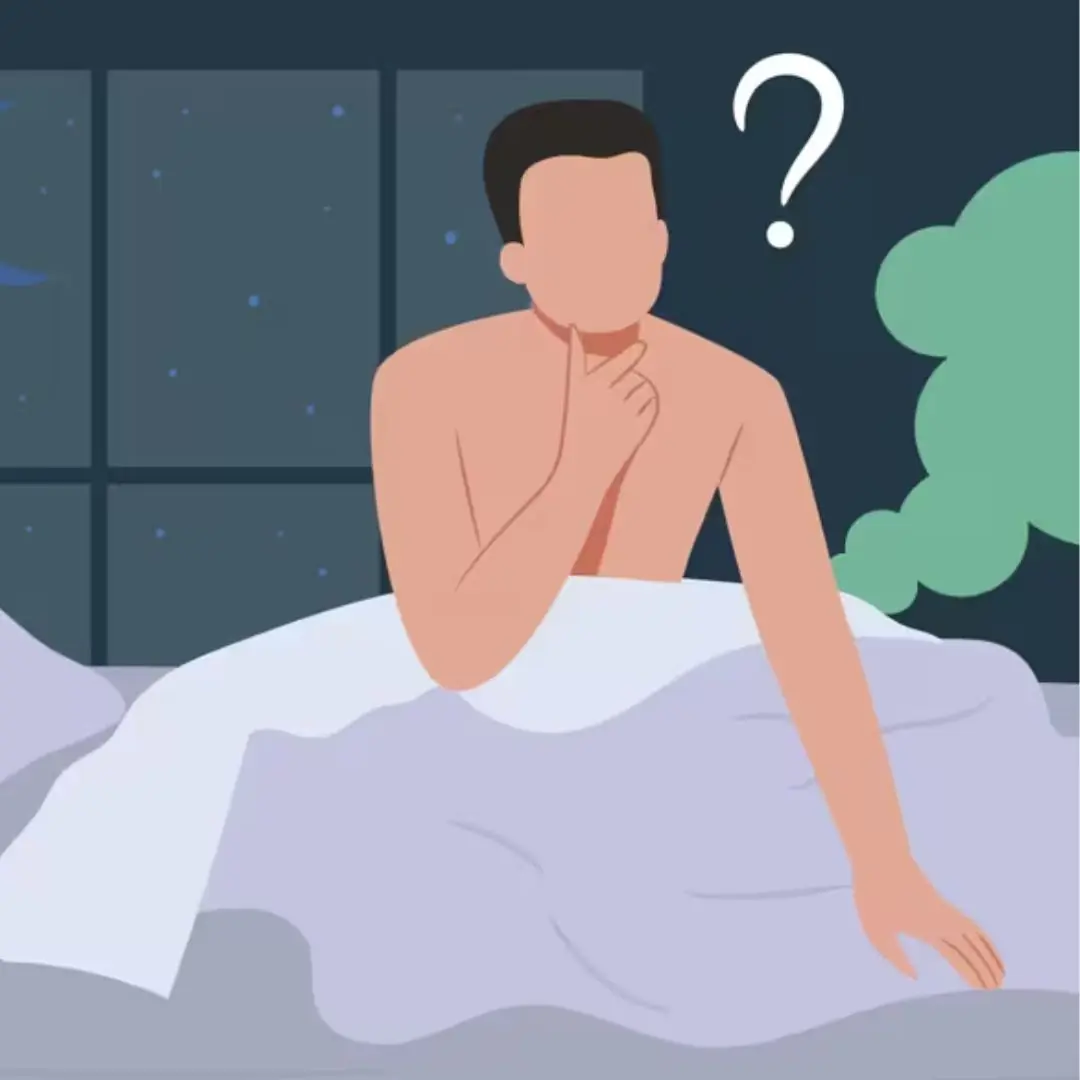
Gassier at Night? Here’s Why (and What To Do About It)
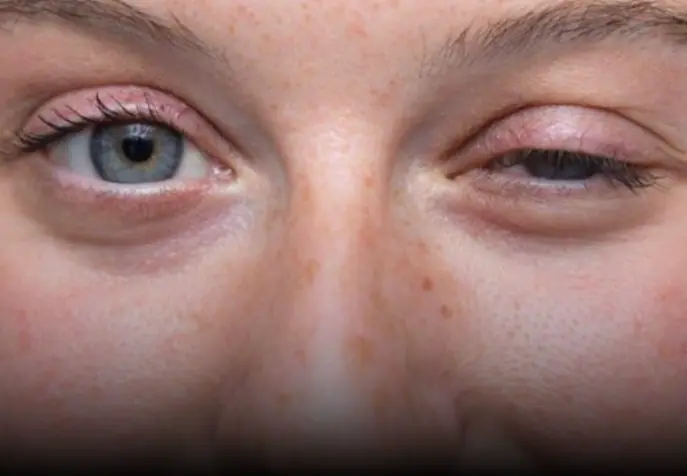
What is myasthenia gravis and what are its symptoms?
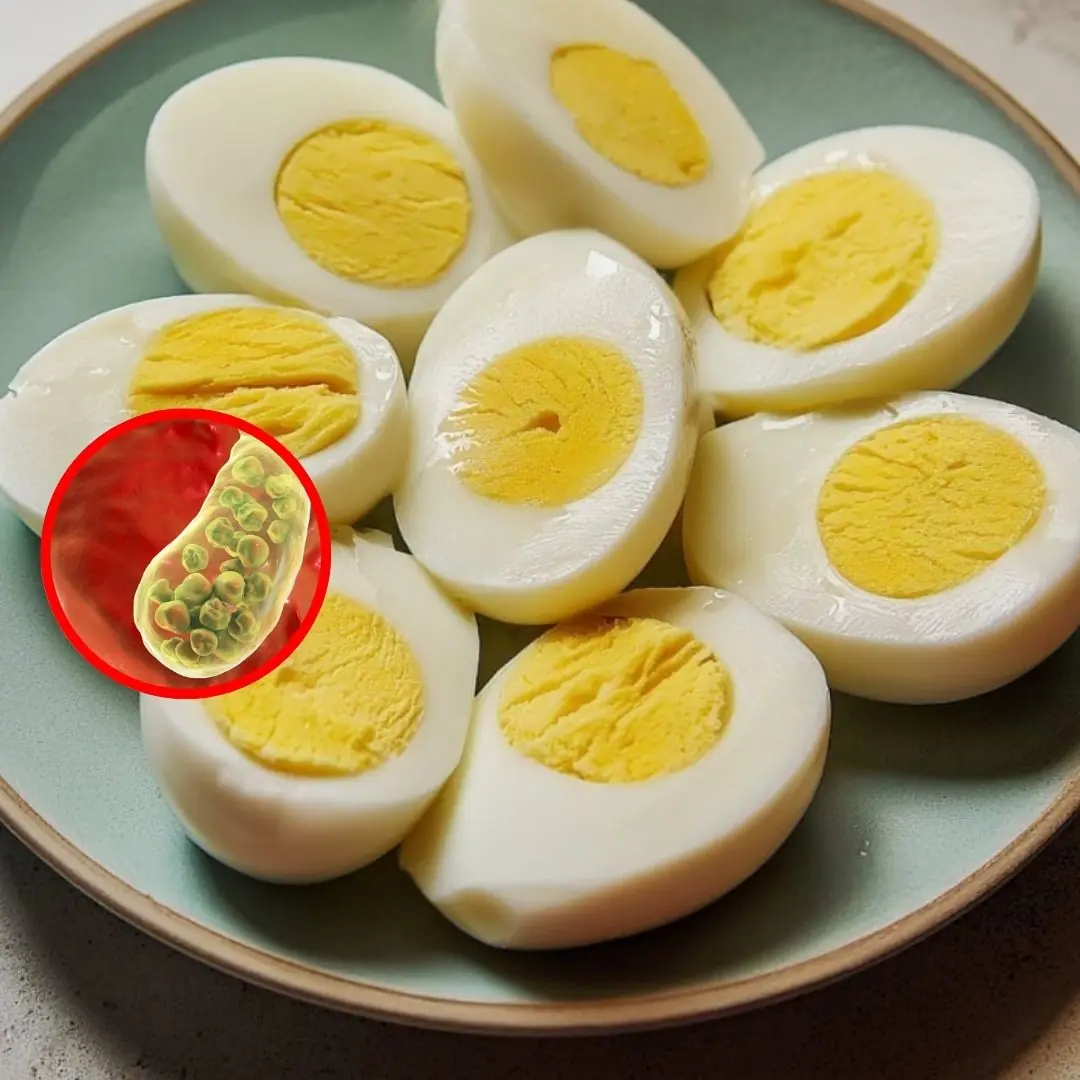
Eating chicken eggs is harmful to these 5 groups of people

WARNING: These 3 signs on the shoulder are signs of malig:nant tum:ors, even can:cer, do not ignore them

4 Vegetables Easily “Treated” with Chemicals
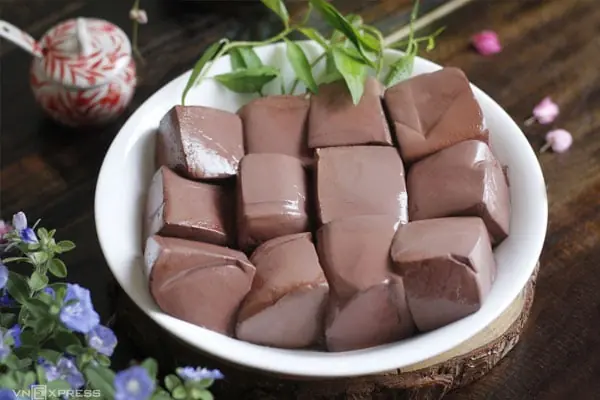
The Part of the Pig Often Dismissed as “Dirty” and Thrown Away: Turns Out It’s a “Miracle Food” with 10 Times More Iron Than Meat

An 8-Year-Old Girl Complained of “Sto.mach Pain” Every Friday Afternoon

Eating Eggs Can Be Harmful for These 5 Groups of People: Better Stay Away!
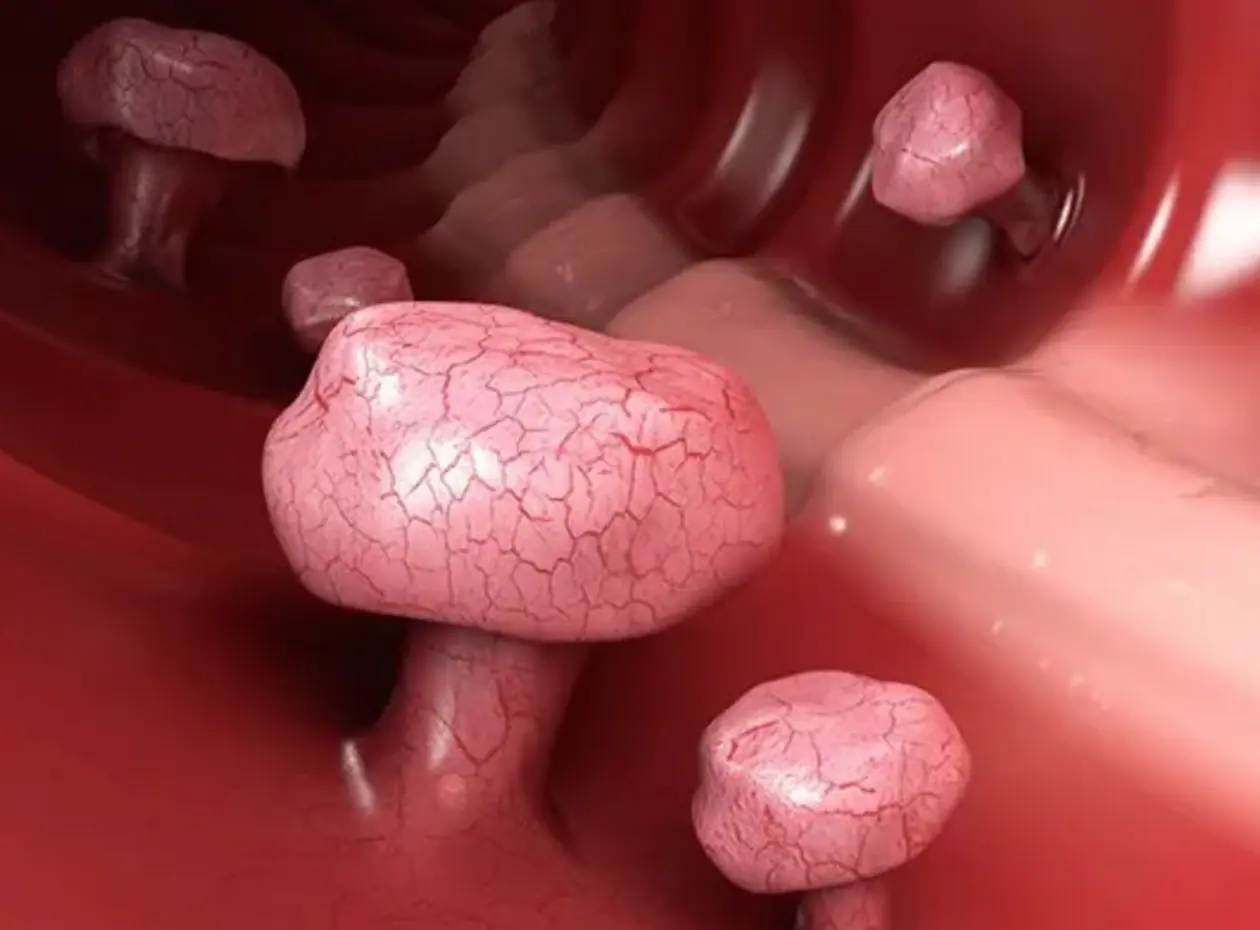
Early detection colon polyps: The key to effective can.cer prevention

Think it’s harmless? The risks of wearing bras to sleep might surprise you

What dise:ase is gr.oin pa.in a symptom of?
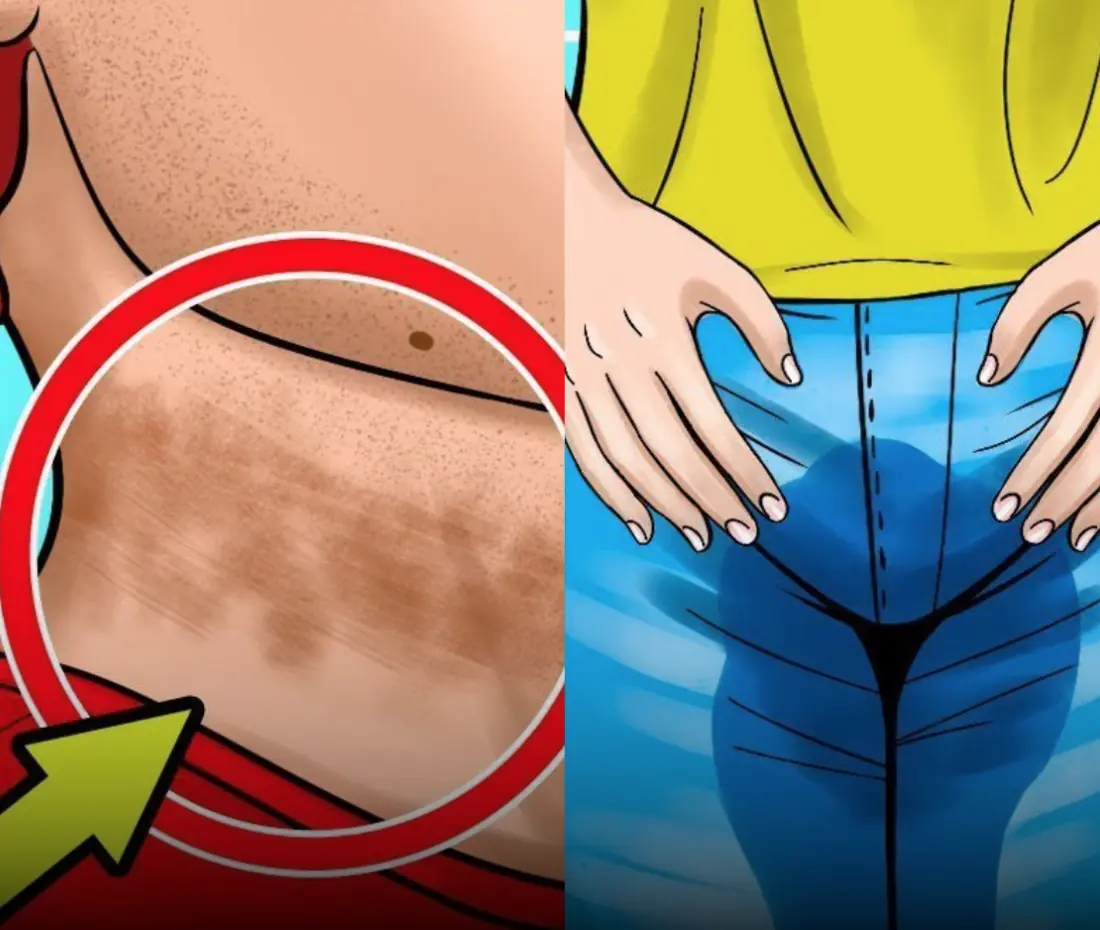
These 10 symptoms indicate latent diabetes

What sleeping on the left side does for our brain, stomach and lymphatic health

Eating yogurt with these 5 mistakes can bring more dis.eases into your body
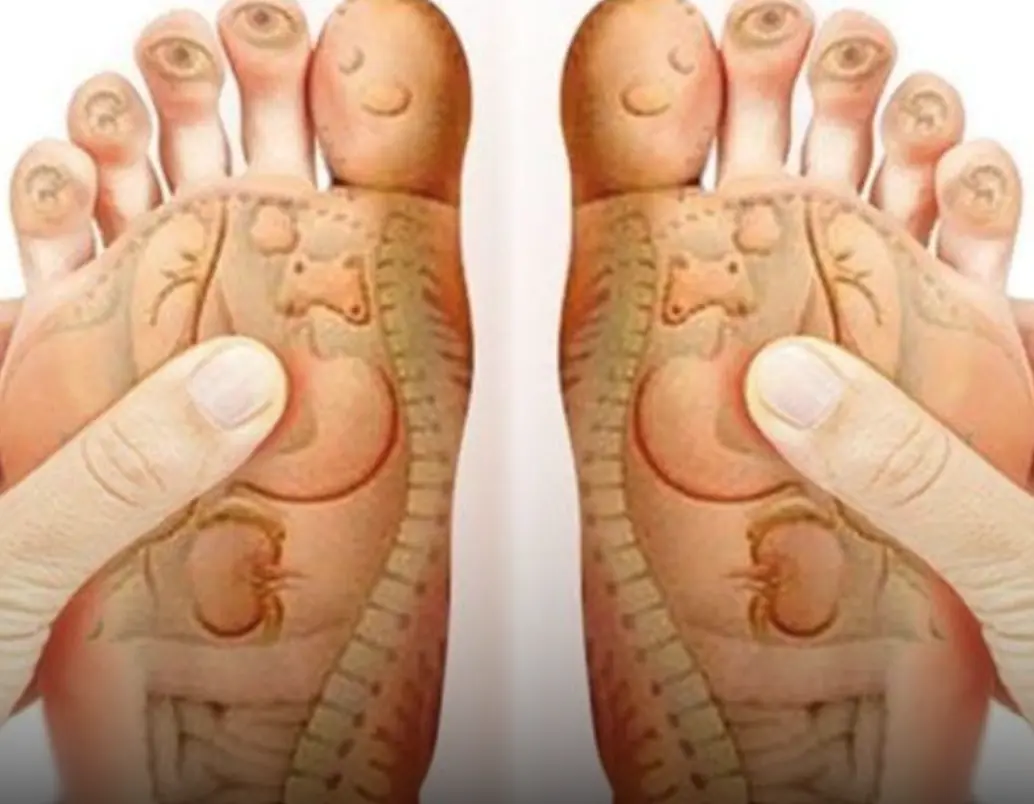
8 foot massage points that help relieve issues

7 subtle symptoms that could signal serious health problems
News Post

If Veins Suddenly Pop Out on Your Hands

All The Things You Need to Know About Nighttime Urination And When To Start Worrying

Don’t Throw Out Old Dish Sponges

When buying watermelon, don't choose a big one.
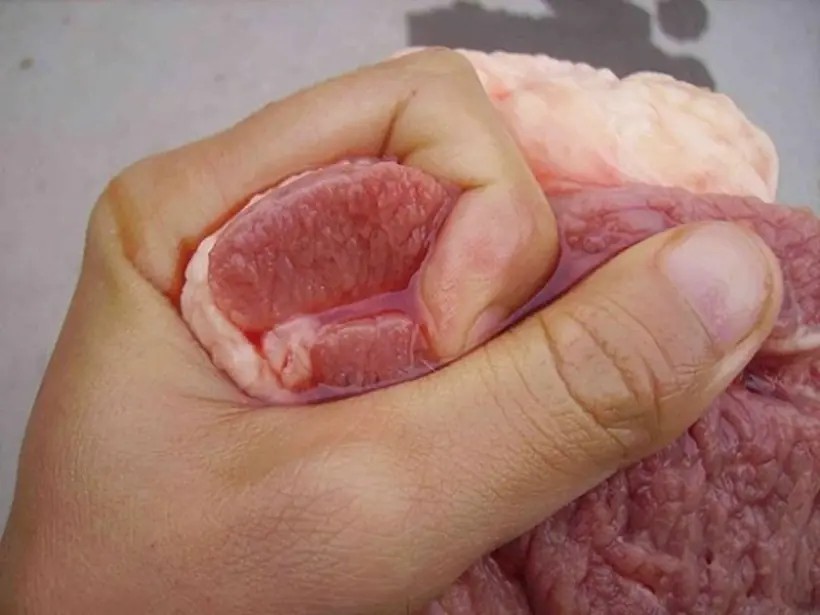
If You See Pork with These 4 Signs at the Market, Don’t Buy It No Matter How Cheap

Why Does Fish Often Smell Fishy? The Real Reason Many People Don’t Know

Ever noticed a greenish ring around an egg yolk? The explanation might surprise you...

Umbilical Hernia: Causes, Symptoms and Treatment

What happens if the gastric balloon bur.sts?
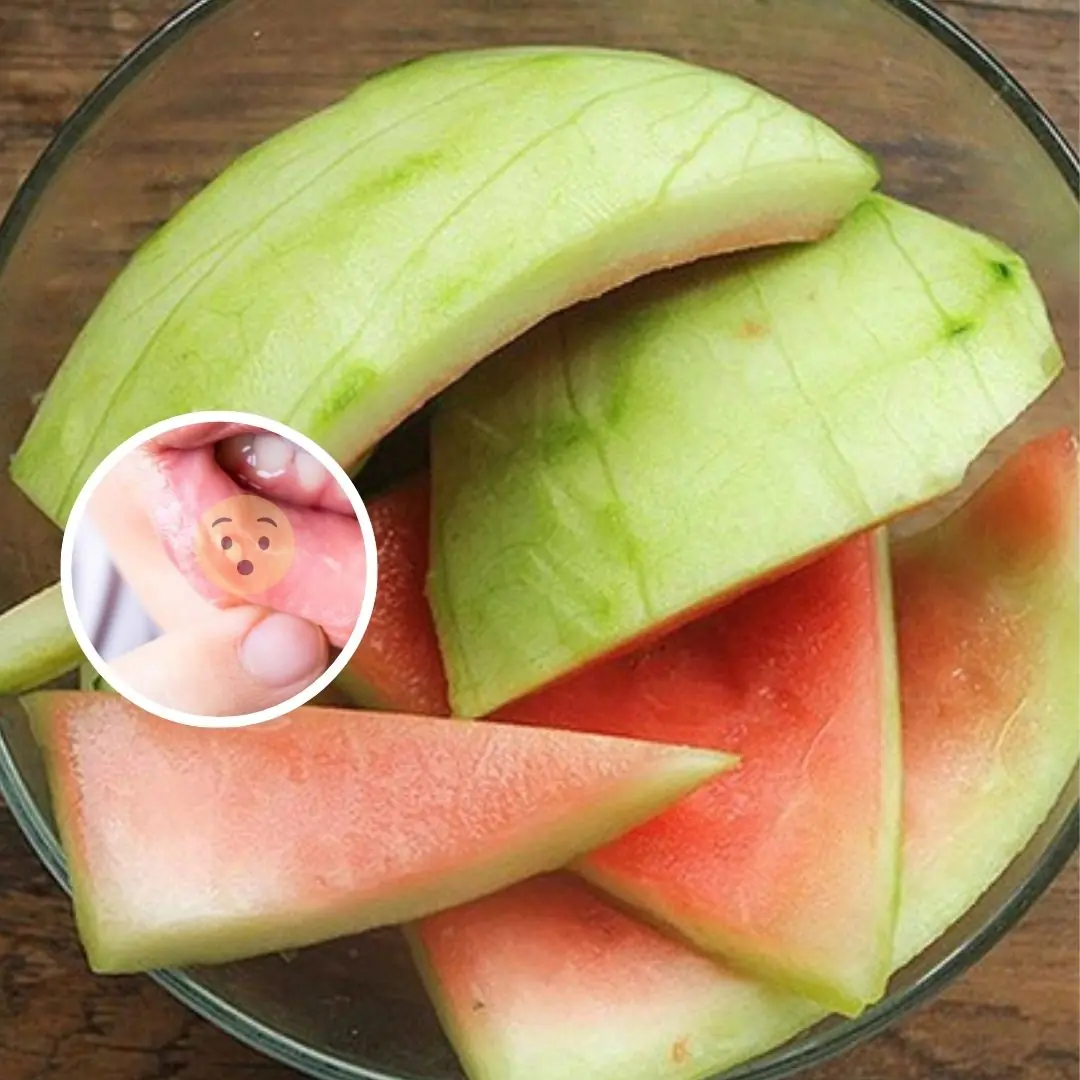
99% of people will throw away these 6 fruit peels when eating, but will regret it when they know their benefits

Top 2 types of seafood at the top of the list of microplastic contamination, but people still eat them every day

Gassier at Night? Here’s Why (and What To Do About It)

What is myasthenia gravis and what are its symptoms?

Eating chicken eggs is harmful to these 5 groups of people

WARNING: These 3 signs on the shoulder are signs of malig:nant tum:ors, even can:cer, do not ignore them

4 Vegetables Easily “Treated” with Chemicals

The Part of the Pig Often Dismissed as “Dirty” and Thrown Away: Turns Out It’s a “Miracle Food” with 10 Times More Iron Than Meat

An 8-Year-Old Girl Complained of “Sto.mach Pain” Every Friday Afternoon

Eating Eggs Can Be Harmful for These 5 Groups of People: Better Stay Away!
